Indigestion, Acidity, and Heartburn are the most common digestive problem in the World. The prevalence of these issues is 22% of the total population of India. Almost everyone struggles with these 3 digestion monsters once or many times in their lifetime. The main problem with these issues is they are functional disorders, which means there is nothing structurally wrong with your digestion system. There is no pill to take away the issue or no operation to undergo to remove the problem. In simple terms, there is no disease present that can be cured!! How to Cope up?? More frustrating right?? Do not worry, if you are someone with a sensitive stomach and confused if it is Acidity or heartburn or Indigestion or dyspepsia or GERD, this article will help you to understand your struggle better and give a step by step Indian diet guide for reducing Acidity & Indigestion.

Introduction to your Stomach
Before understanding the causes of your gut issues let us understand how our digestive system work.
Our Gut is nothing but a twenty-five-foot-long processing unit that is compactly folded and fitted in the abdomen. The largest part of this system is Alimentary Canal, which begins in the mouth then passes through the throat, esophagus, stomach, small intestine, and finally to the large intestine.
With help of accessory organs gall bladder, liver, and pancreas alimentary canal help in the mobilization of food, digestion of food, absorption of nutrients, and transport of nutrients to other cells in the body, and release of unwanted food. It requires enzymes, hormones, and gastric juice to carry its functions smoothly.
A healthy digestive system works through numerous steps to move food rapidly from your mouth, stomach, and bowels.
- Mouth – Teeth, and Saliva start breaking down the food. It is then sent to the esophagus.
- Esophagus – By a mechanism called Peristalsis, food is pushed down to the stomach. The muscle in the esophagus contract and release to get the food moving through the digestive system.
- Stomach – Once the food makes down to the stomach, it gets mixed up with Digestive Juices and Stomach Acids. These make the partially digestive food to break down into much smaller pieces. This process will take a few hours and later the digested food (which is broken into manageable sizes) moves to the small intestines.
- Small Intestine – In the Small intestines, tiny hair-like projections called villi to pull the nutrients out of the small particles of digested food and deliver those vital nutrients to the bloodstream.
- Large Intestine – Food that is not useful for the body travels through the large intestine. Eventually, the waste products are pushed out of the body through the colon, leaving behind a healthy digestive system that is ready to absorb more nutrients.
Now, you know how your body is supposed to handle the food you eat, any kind of malfunction in the above steps will lead to Stomach Discomfort – Diarrhoea, Constipation, Dyspepsia, GERD, Bloating, or Gas.
Let us understand Dyspepsia, Indigestion, Acidity, GERD in detail…
Acidity and Gastroesophageal Reflux Disease (GERD)
The gastric glands present in the stomach release gastric juice, which is a combination of Hydrochloric acid (HCl), Lipase, and Pepsin. The gastric juice is acidic by nature and is required to digest the food we eat.
When the gastric glands produce more gastric juice than required it causes a burning sensation in the stomach and under the breastbone. This condition is called Acidity. When acidity symptoms occur frequently for more than a week or 10 days, it is known as Gastroesophageal Reflux Disease (GERD).
Many people suffer this pain silently or put an antacid pill to get some relief. The antacid will give short term relief before the pain returns more ferociously. People suffering from Acidity or GERD can barely eat anything, sleep properly, or concentrate on their work.
In GERD, the food is eaten, which is often mixed with digestive juices in the stomach, instead of continuing the journey into the small intestine, goes back to the esophagus. This happens when the muscles controlling the opening between the esophagus and the stomach do not work correctly. The esophageal sphincter is the circular band of tissue is at the base of the esophagus.
Normally, a certain amount of pressure holds the oesophageal sphincter closed after the food passes through it. If the Sphincter relaxes at the wrong times and opens up the partially digested food comes back up into the esophagus. This food can be acidic and cause a burning sensation, which is also known as heartburn. The sensation of burning begins in the stomach and spreads up under the breast bone to the middle-upper chest.
The two main reasons behind GERD or Acidity are – the inappropriate opening of the Esophageal Sphincter and Acidic Food.
Causes for the inappropriate opening of Esophageal Sphincter:
Obesity –
Overweight with more fat around the belly area puts added pressure on the sphincter muscles, making it more difficult for them to keep the sphincter closed after you swallow food.
Slow Digestion –
Normally the stomach empties the partially digested food to the small intestines for further processing. This process is slowed down, also known as delayed gastric emptying, which makes the food and liquids remain in the stomach for a longer time and travel upward into the esophagus.
This usually happens due to the high-fat content of the food, result of certain conditions called Diabetes, or certain drugs like antihistamines, antidepressants, anti-diarrhea drugs, etc.
Pregnancy –
Pregnancy puts excess pressure on the stomach and the increased production of the hormone progesterone during pregnancy keeps the esophageal sphincter muscle relaxed and open.
Hiatal Hernia –
Hernia is a condition in which one part of your body protrudes into another part where it does not belong, usually because of weekend tissues or too much pressure caused by exertion.
In Hiatal Hernia, part of the stomach is pushed through the diaphragm ( a muscle that separates the chest cavity and abdomen) at the opening where the esophagus joins your stomach. This protruding stomach tissue pushes against the oesophageal sphincter, displacing it and cause GERD or make it worse.

Causes of Acidic stomach content:
Not enough Saliva –
One of the important functions of Saliva is to neutralize the acid in your stomach. Certain medications and disorders of the salivary gland interfere with saliva production.
GERD Culprits –
Smoking, Alcohol, Cola beverages, Orange juice, tomato juice, spicy foods, fatty foods, high sugar foods and fried foods cause GERD symptoms. These foods affect the nerves of the oesophageal sphincter muscle causing it to open and reverse the food back into the esophagus.
Dyspepsia Or Indigestion
Dyspepsia or Functional Dyspepsia is the medical term labeled by doctors for recurrent abdominal discomfort that includes abdominal pain, Gas, Bloating, Heartburn, Nausea, Vomiting, Belching, and Sour taste in the mouth. Dyspepsia in Greek means “Indigestion”, which perfectly describes all the above symptoms.
This condition is described as “functional” because there is nothing structurally wrong with the upper digestive area but symptoms persist.
Causes for Dyspepsia –
- Diet – Certain foods aggravate indigestion. Generally, following hard-to-digest foods are the main culprits for dyspepsia.
- Unhealthy Lifestyle.
- Medications like non – steroidal inflammatory drugs.
- Anxiety or Depression.
- The bacterium H. Pylori infection.
- Increased sensitivity of the lining of the stomach to food.
- Erosion in the lining of the stomach, causing tiny ulcers.
- Altered or Delayed emptying of food from the stomach into the small intestine causing bloating and gas.
- Decreased ability of the stomach to expand normally with the ingestion of the meal.
- Gallbladder Stones

|
Parameters |
GERD/ Heartburn/Acidity |
Dyspepsia/Indigestion |
| Definition | A condition that causes the content of your stomach to travel back to the esophagus, throat and mouth. |
A condition that causes recurrent abdominal pain. |
| Cause | High acidic foods, Smoking, Alcohol, Overeating, Hiatal Hernia, Pregnancy, Obesity, Certain medications, insufficient Saliva. |
Poor food choices, eating habits, Sedentary lifestyle, Certain medications, Certain diseases like diabetes and an underactive thyroid, gall stones, etc. |
| Symptoms | Frequent clearing of the throat, Frequent coughing especially while lying down, Chest pain not related to heart disease, Staining of your teeth or bad breath, Recurrent Pneumonia and Asthma, Feeling something is sticking in your upper chest or throat as you are trying to swallow. |
Unexplained Weight loss, Difficulty in swallowing, Blood in stool, loss of appetite, persistent nausea or vomiting, unusual sweating, Burning sensation in the upper part of the abdomen, pain in the back, Gas, Bloating, Belching. |
| Treatment | Medications with side effects, Healthy Diet, Healthy Lifestyle Changes |
Medications with side effects, Healthy Diet, Healthy Lifestyle Changes. |
Six Week Indian Diet Guide to fix your GERD/Acidity & Dyspepsia/Indigestion
The six-week Indian diet guide will not only relieve your symptoms now but also stay with you as a permanent lifestyle change to prevent digestion problems in the future. Even if you go “off the wagon” and your symptoms reoccur, you can always use the four-week plan to realign your lifestyle and eating habits once again for trouble-free digestion.
**Always, Consult a qualified nutritionist/registered dietitian and Your physician for a tailor-made diet plan for you.

Indian diet to reduce acidity & indigestion: The first week: Start Your food and Symptom log
In the first week collect all the Vital Information about your diet and your body. This information will help your dietitian and physician to discover the best way to improve your symptoms. This week will bring a lot of awareness about the food you eat and the response of your body to the food.
The main task this week is to make a record of all the food you eat including the mouth freshener after your meal, medicines, and candies you eat. Also, note down the quantity of each food item you eat or drink and note down the digestive symptom you feel after eating a particular food.
You can scale the severity of symptoms 1-5, 1 being less uncomfortable and 5 being the worse. Do not make any changes in your diet this week, just understand the relationship between what you eat and how you feel.
Sample of Food and Symptoms log is given in the table:
This is just an example to fill the food – symptom log, Your diet may be completely different, please fill it in according to your diet and symptoms.
| Day | Food eaten in the day | Symptom | Time of the day | Duration | Medications | Number of water glass |
| SUNDAY | Breakfast – Cheese Sandwich and coffee, Lunch – Brinjal Tomato curry, spinach dal and rice, snack – Samosa & tea, and Dinner – Biryani and Raita
severity – 2 |
Bloating and Heartburn | Night | 1 hour | 6 | |
| MONDAY | Onion Dosa and Mint Chutney and coffee, Lunch – Khichadi and khadi, Snack – Trail mix, tea, late evening – two glasses of wine, Dinner – chicken sandwich
Severity – 2 |
Diarrhea and Heartburn | Night | 20 minutes | 5 | |
| TUESDAY | Breakfast – Coffee and some cookies, Lunch – Pasta in the office cafeteria, Snacks – veg burger and cappuccino and Donner – Paratha and chole
Severity – 3 |
Belching, Heartburn, and Abdominal pain | Evening | 30 minutes | 5 | |
| WEDNESDAY | Breakfast – Cheese Bagels and Green Tea, mid-morning – coffee, Lunch – Mix veg curry, rice, and sambhar & curd, Snacks – Tea and Bhel puri, Dinner – skipped due to heartburn, Late night – 1 glass wine and peanuts.
Severity – 4 |
Heartburn and abdominal pain | Evening | 2 hours | 6 | |
| THURSDAY | Breakfast – Idly Chutney & filter coffee, Mid morning – coconut water, Lunch – cabbage curry, Curd rice, and sambhar rice, Evening – tea, Dinner – Curd rice
Severity – 2 |
Abdominal Pain (On and Off) | Afternoon | 1 hour | 7 | |
| FRIDAY | Breakfast – Oats with milk, Lunch – Bhindi curry and Rotis -3, Snacks – veg burger, Dinner – Puri and matar paneer curry
Severity – 1 |
Heartburn | Night | 30 min | 4 | |
| SATURDAY | Breakfast – Skipped, Lunch – aloo fry and dal rice, curd, Snacks – ragi dosa and tea, Dinner – wine – 2 glasses and chicken sandwich
severity – 2 |
Abdominal pain | Evening | 30 min | 6 |
* Symptoms – Heartburn, abdominal pain, Diarrhea, Constipation, Acidity, Gas. If no symptoms are seen leave it blank.
** 1= Minimal Symptoms, 2 = Moderate Symptoms, 3 = Moderately Severe symptoms, 4 = most severe Symptoms and 5 = Unbearable and ended up in hospital.
***Also, mention if you are taking any medication and supplements on a particular day. Please mention the smallest thing you eat or drink. Take a note of the number of glasses of water you take on that particular day.
Medications like Asprin, Advil, Ibuprofen, Naproxen, Iron Tablets, Niacin (Vitamin A supplement), Antihistamines, Immunosuppressants, and antibiotics do trigger acidity and indigestion.
*** *Check the time of the day when the symptoms are more. Food consumed in the previous meal is the problem causing food for that symptom.
You will be surprised to see your food choices!!
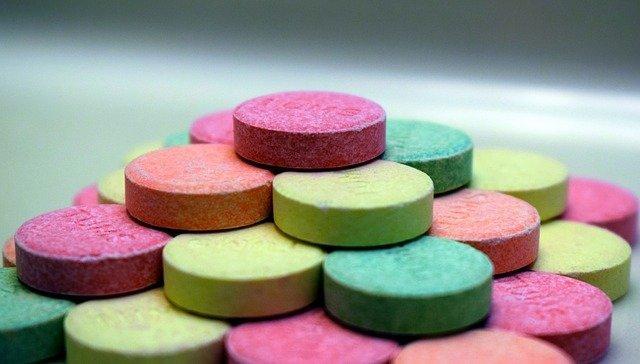
Indian diet to reduce acidity & indigestion: The Second week: Change your eating Habits
Continue collecting and filling the data about your food and symptoms related to it. This week also note down your eating habits. Note down the time you take to finish your meal or drink, how peaceful or in hurry you finish the meal, how much you eat, how frequently you munch etc.
In addition to the above task, try to change your eating behavior.
Portion Control – Eating too much is a major cause of digestive problems. smaller meals and portion sizes will make your digestive system work smoothly. You can achieve this by cutting down your normal food portions, Use smaller plates and bowls, Don’t go back for more food, and do not stuff yourself if you aren’t hungry anymore.
Eat Slowly and in Peace – Eating quickly is also an important cause of digestive issues. stretch your meal time for 20-30 minutes. Mealtime should be relaxing but not a marathon. For example: Don’t gobble up your breakfast in Cars or Bus while going to the workplace, instead take time out and sit peacefully and enjoy your meal. Chew each bite properly before gulping it down.
Sip Water – Instead of keeping cola, soda, or alcohol aside your meal keeps a glass of water. Sip water whenever you feel like drink other beverages.
Eating with others – Share your mealtime with family members. Try to have a conversation and make the mealtime pleasant. This will increase the meal time naturally. If you are living alone, keep pleasant music, and have your meal. Do not read a book or watch television while eating.
Maintain Meal Timings – Have your meals on time and maintain the same time every day. Try to finish dinner early, because most of the GERD symptoms and Dyspepsia symptoms aggravate at night times.
Indian diet to reduce acidity & indigestion: The Third and Fourth Week: Eliminate Problem Foods
This week marks the beginning of what may become a significant change in your eating habits because you will eliminate the problem-causing foods. Look back to the log you prepared in week 1 and eliminate the problem-causing foods from your diet. If you see any medication or supplements triggering your symptoms then discuss with your physician and get an altered medication. Do not stop any medicine without consulting the doctor.
Eat home-based bland food in 3rd and 4th week.
Here are some Indian breakfast, Meal, and snack options of acidity and indigestion you can have during this week.
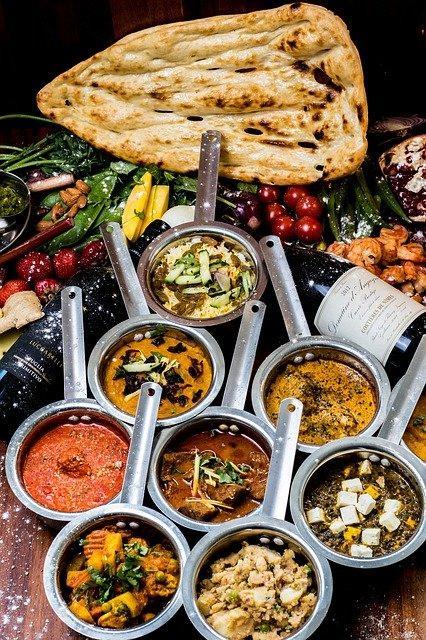
| BREAKFAST | MEAL IDEAS( Lunch & Dinner) | BEVERAGES | Snacks |
| Idly (Rice or Jowar) with mint chutney/coconut chutney | Dal Chawal. Make dals with methi, amaranthus, palak.
Split lentils like toor, masoor, moong dal should be consumed. Avoid Chola, Rajma, Whole Moong and mixed dals for two weeks. Rice – parboiled Rice |
Buttermilk, Pudina Chaas | steamed Vegetables like Carrots , Beetroots etc. |
| Dosa ( Rice, Buckwheat or Ragi) | Rotis made with Jowar and Whole wheat flour can be taken. | Ginger Cinnamon Tea | Phool Makhana |
| Sabudana khichdi | Vegetables with more water content should be taken like Dudhi, Pumpkin, Ash Gourd, snake gourds, Ridge gourds and cucumbers. | Coconut water and Gulkand water. | Mudi or Puffed Rice |
| Fermented Rice ( Panta Bhaat or Saddannam) | Khichadi – with par boiled rice, brown rice, Kuttu, Bajra can be consumed. | Tulsi water | Fruits like Bananas and Papayas |
| Broken Wheat Dalia/ Sooji upma | Chicken and Fish ( boiled or steamed version) | Fennel Water | Dahi soaked Poha |
| Pongal (salt version) | Curd Rice ( with freshly set curd) | Cold Milk ( If milk is not aggravating your symptoms in first week) | Sabudana Kanji or Sabudana kheer (without nuts) |
| Phulkas or Roti with Soft mashed curry or dal. | Pumpkin Carrot soup | ||
| Eggs or Omelette | Bottle gourd or Ash gourd Soup | ||
| Poha Dhoklas | Ash gourd juice | ||
| Oats with milk (only if you are tolerating milk and high fiber food like oats) | Watermelon Juice | ||
| Chillas ( moongdal or ragi) | ORS (Oral Rehydration Solution) for GERD and Diarrhea |
| AVOID |
| Gravy made with Onion, Tomato and Garlic in case of GERD/Acidity/Heartburn. Can be taken in moderation in indigestion/dyspepsia. |
| Tomato Juice and Oranges, Tomato based sauces and gravy in case of GERD/Acidity/Heartburn. |
| Tamarind |
| Ambadi and Spinach in case of GERD. |
| Radish, Turnip, Brassica Vegetables- Cabbage, Cauliflower, Broccoli. |
| Raw vegetables and High Fiber foods. |
| Pickles and Papads |
| Spicy Foods |
| Deep fried and high Fat foods |
| Foods rich in Sorbitol and Fructose – Peaches, Cherries, Artificial sweeteners, readymade cake mixes, Pancake mixes, maple syrups |
| Nuts. |
| Hot spices – Cloves, Peppers, Red chillies. |
| Carbonated Beverages – Cola and sodas. |
| Alcohol and Smoking |
| Packaged , Processed and Refined Products. |
| Caffeinated Beverage |
| Chocolates, Pasteries, Cakes, Sweet Buns |
| Eating Outside |
| Packaged Juices. |
Always Remember :
- Portion Control is a must.
- Prepare your meals with less oil. A teaspoon of ghee is safe to be consumed.
- Make your meals non – spicy.
- Take good care of your hydration. 3 liters ( 8-10 glasses) of water is must.
- Overnight Soaked Black Raisins and Soaked Prunes can be taken on an empty stomach ( 4-5).
- 1 teaspoon of gulkand with 2 teaspoon milk can be taken before sleeping or between the meal to reduce acidity and heartburn.
- Start your day with Ajwain or Saunf water. Take a teaspoon of these seeds in 2 cups of water and boil. Bring it to half and consume when it becomes warm. Take a sip of this water throughout the day.
- You can chew 2-3 leaves of mint after the meal.
- Have half teaspoon Jaggery with ajwain (carrom seeds) or saunf (fennel seeds) after dinner. Do try home made mukhawas after your meal.
- Semi ripened Banana and Steamed Apple on empty stomach also reduces acidity.
- NO coffee , No tea, No biscuits, No deep fried snacks like murukku, chakli, mathri etc.
If you feel better at the end of the fourth week, you can proceed with the week 5 & 6 plan. If your symptoms are still present then you can extend this week’s plan for one more week.
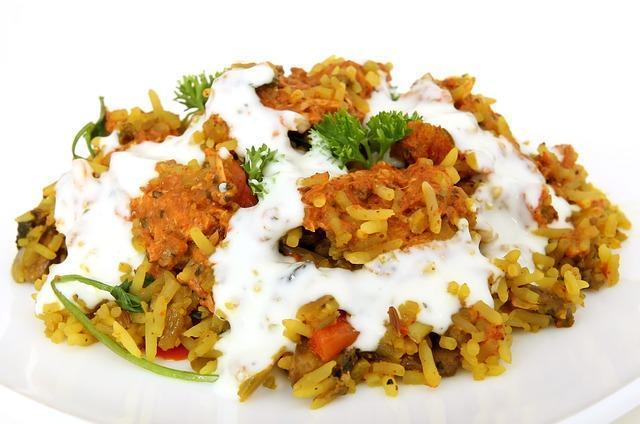
Indian diet to reduce acidity & indigestion: The Fifth & Sixth Week – Making New Diet Plan
By this week many start enjoying their calm, slow meal times with full awareness of what they are eating and drinking. You may also feel much better and lighter than earlier. Make your new eating plan and routine 5th and 6th weeks.
You can start reintroducing certain foods (which you eliminated in the last two weeks) this week to your diet. Only one food at a time in small quantities, record the associated symptoms. This will help you to understand what to eat when to eat and how much to eat a particular food.
By the end of this phase, you must be sure of the food culprits which trigger the digestive problems. While modifying and making a new diet plan for yourself add beneficial foods in the diet plan, which can keep your gut health strong.
Do not re-introduce Junk foods, Processed foods, packaged foods, and refined products 🙂 Tell them permanent goodbye!!
If you have one or two food culprits, your symptoms get improved in the 6-week plan. If you have multiple food culprits you may need 4 more weeks to pinpoint them and solve the problem.
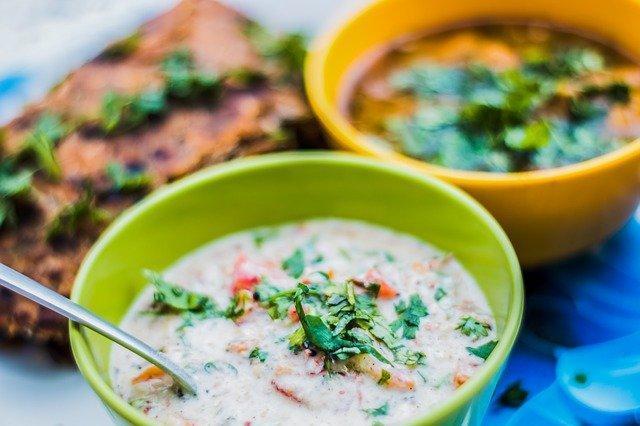
Probiotics for acidity & indigestion
There are many health benefits associated with probiotics. One of the important health benefits of Probiotics is Maintaining a Healthy Digestive System. Using PPI’s (Proton Pump Inhibitors) and antacids, in the long run, disturbs healthy bacteria growth and alters natural Ph in the gut.
These medications are generally prescribed to get relief from acidity and indigestion symptoms. Treating GERD and Dyspepsia should begin by treating the root cause, not the symptoms. Probiotics are small micro-organisms that will help to treat the acidity and indigestion from the root cause.
When the gut lacks healthy bacteria, it takes a longer time for the food to get digested. Bad bacteria start taking the place of healthy bacteria and multiply quickly. The bacteria from the large intestine overgrow and reach the small intestine, where they should not be.
This unhealthy Small Intestine Bacterial Overgrowth (SIBO) ferments the carbohydrates in the food and causes unpleasant symptoms like – Gas, Pressure in the abdomen, weakness of the lower esophageal sphincter, and acid reflux.
Lactobacillus acidophilus is proven to be the best probiotic to treat Acidity and Indigestion. Indian foods like Curd, Buttermilk, fermented milk drinks, fermented foods like rice, dosa, dhokla, fermented vegetable pickles like amla, carrots, radish, cucumbers, and Cheese are a good sources of probiotics.
Add these beneficial probiotics along with a new modified diet to improve your acidity and indigestion symptoms.
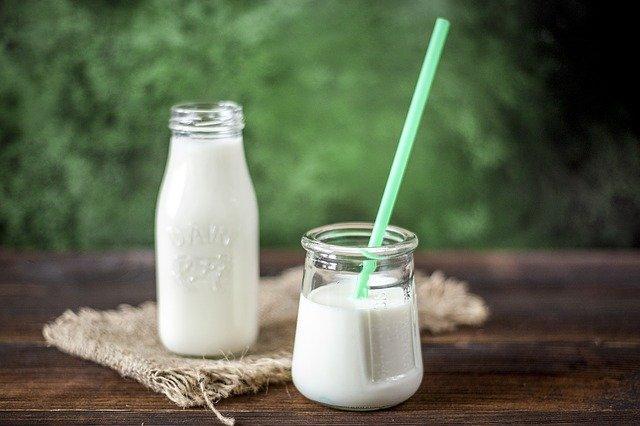
A healthy lifestyle helps to treat acidity & indigestion
Along with dietary changes, a healthy lifestyle is very essential to cope up with GERD/Acidity & Dyspepsia/Indigestion.
- Finish your meals 3 hours before you sleep.
- Do not sleep immediately after your meal and keep your head in an elevated position while sleeping., especially if your suffering from GERD/Acidity/Heartburn.
- Regular Physical activity every day for 1 hour.
- Maintain Healthy Weight. If overweight try to reduce the weight healthily.
- Make a Meal Plan ahead to follow the diet with ease.
- 8 hours of sleep is very important for healthy digestion.
- Manage stress with meditation and yoga.
- Minimize eating outside frequently.
- Choose healthy options while dining out.
- Do not wear skin-tight clothes, which constricts your tummy area.
- Take the medications & supplements on time which are prescribed by a doctor and your nutritionist. Don’t stop any medication without informing your doctor.
- Last but not least stay positive towards your body!!

Bottomline
It seems impossible for people with a sensitive stomach to believe that there is a cure for their never-ending acidity/ heartburn /GERD, Indigestion/Dyspepsia, and Gas problem.
The doctor will keep changing medications but they just give relief from the symptoms for some time before the nagging pain and heartburns erupt again. It gets frustrating when gut issues interrupt in personal and professional life.
The good news is that Acidity/GERD & Indigestion/Dyspepsia can be solved, with the correct diet and healthy lifestyle. Follow the six-week Indian diet guide for Acidity and Indigestion, to get relief from it for a lifetime.
This Indian diet to reduce acidity & indigestion will improve your symptoms. Whatever is going on in your life, look at mealtime as an escape from the stress you are going through during the day. Correct diet, Staying positive, relaxed, and stress-free works wonder in treating Indigestion and Acidity.
References ( Retreived on 9/12/2020)
- https://www.ncbi.nlm.nih.gov/pmc/articles/PMC6702398/
- https://www.ncbi.nlm.nih.gov/pmc/articles/PMC2886414/
- https://www.ncbi.nlm.nih.gov/pmc/articles/PMC6140167/
- https://www.researchgate.net/publication/12275991_The_role_of_diet_and_lifestyle_measures_in_the_pathogenesis_and_treatment_of_gastroesophageal_reflux_disease
- https://www.ncbi.nlm.nih.gov/pmc/articles/PMC4636482/
- https://www.ncbi.nlm.nih.gov/pmc/articles/PMC4293796/
- https://www.researchgate.net/publication/339105138_Diet_and_functional_dyspepsia_Clinical_correlates_and_therapeutic_perspectives
- https://www.ncbi.nlm.nih.gov/pmc/articles/PMC7019778/
- https://www.sciencedirect.com/science/article/pii/S1756464620301262
- https://www.ncbi.nlm.nih.gov/pmc/articles/PMC4045285/

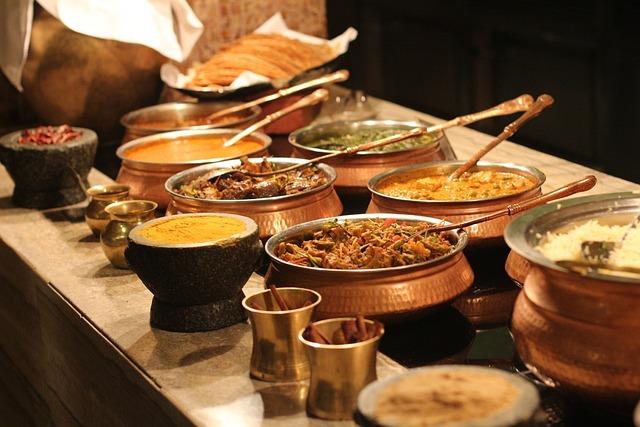
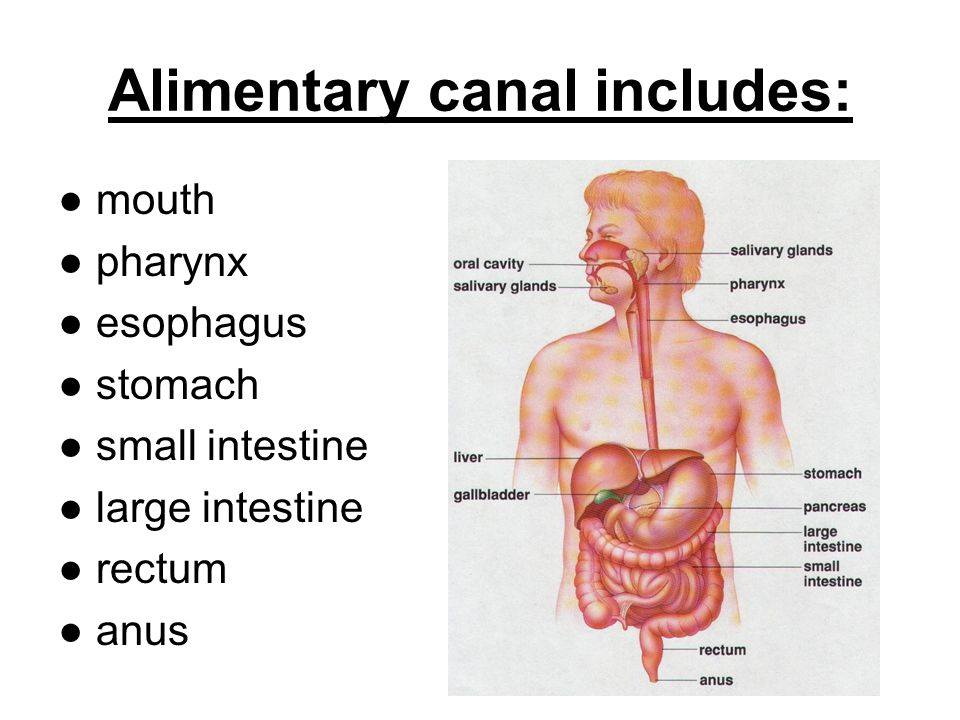
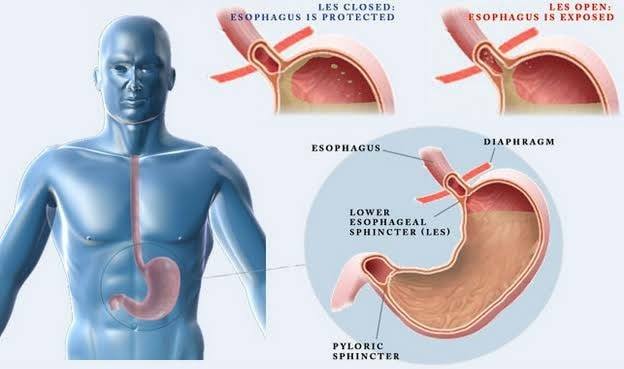
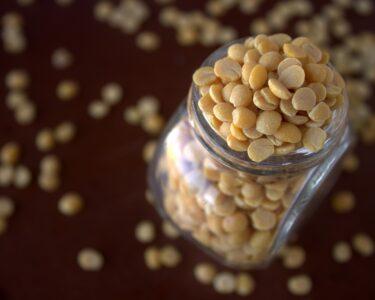

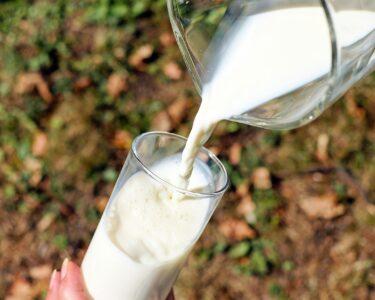

2 Comments